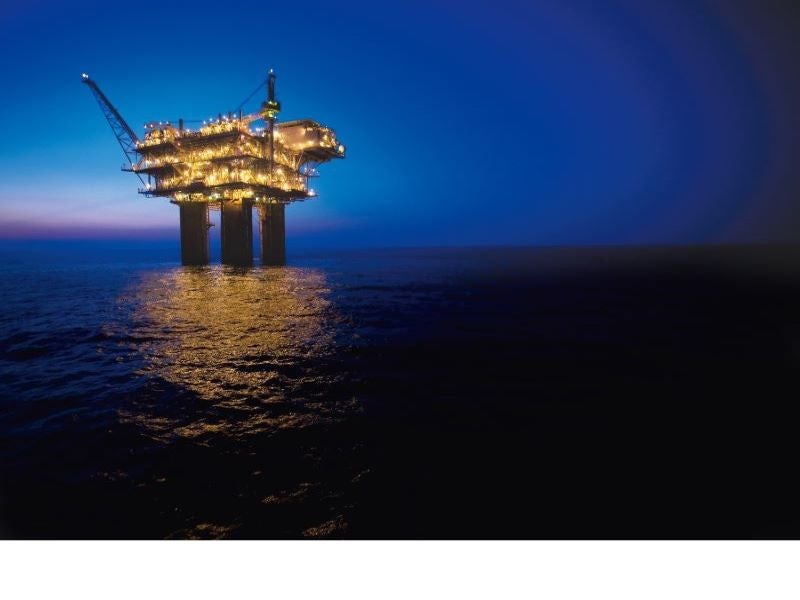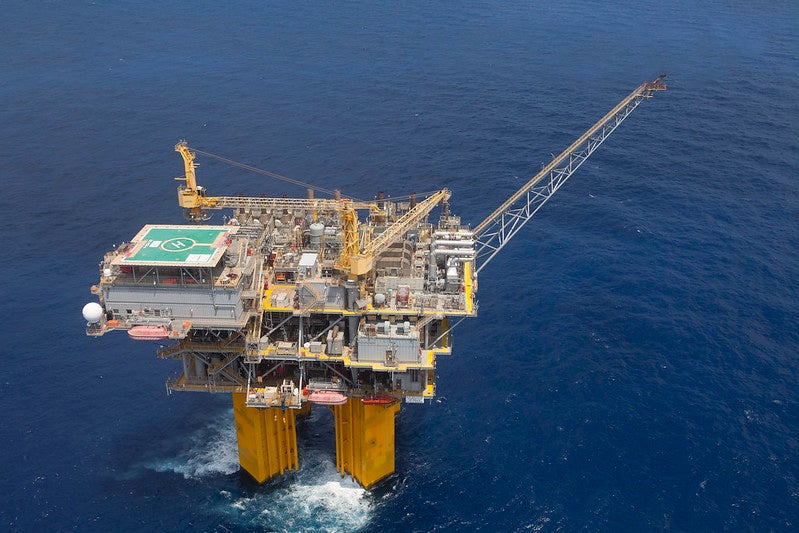The Shenzi deep-water oil and gas field located in the US part of the Gulf of Mexico has been in production since March 2009.
It is operated by BHP which bought an additional 28% stake from Hess Corporation for approximately £384m ($505m) in November 2020 to increase its total working interest in the Shenzi filed to 72%. The remaining 28% stake in the field continues to be held by Repsol.
The nominal production capacity of the field is 100,000 barrels of oil a day and 50 million cubic feet of gas a day. The recent acquisition increased BHP’s net production from the field by approximately 11,000 barrels of oil equivalent a day.
Location and field details
The Shenzi field is located in the Green Canyon area of the US Gulf of Mexico, approximately 200km off the coast of Fourchon, Louisiana.
Located in approximately 1,310m-deep waters, the offshore field spans across the Green Canyon blocks 609, 610, 653, and 654.
The Shenzi field was discovered on Green Canyon block 654 in 2002, while nearby Genghis Khan field on Green Canyon blocks 652 and 608 was discovered in 2005.
Both the Shenzi and the Genghis Khan fields are part of the same geological structure. The Genghis Khan field was brought on-stream through a tieback to the Marco Polo tension leg platform (TLP) in 2007.
Shenzi field development
The Shenzi field was developed through a TLP located on Green Canyon block 653, and 16 production wells of which 14 wells were tied back to Shenzi platform with the remaining two connected to the Marco Polo platform.
The Shenzi Water Injection programme executed as part of the Shenzi field development comprised three water injection wells and associated facilities to inject up to 125,000 barrels of water a day at a pressure of 7,000 pounds per square inch (psi).
The drilling of these water injection wells was completed in August 2013 and the additional oil recovery through water injection was expected to be approximately 80 million barrels.
Three more production wells were drilled between 2014 and 2015, while another water injection well was completed in the second quarter of 2016 to improve production in the southern part of the field.
Shenzi platform
The Shenzi TLP has an oil processing capacity of 100,000 barrels a day (bpd) and a gas handling capacity of 50 million cubic feet a day (mcfd).
As many as 20 production and water injection wells can be tied back to the TLP which is permanently moored in a water depth of approximately 1,310m. The produced water reinjection capacity of the TLP is approximately 125,000 barrels a day.
The crude oil produced in the field is transported through a 20in-diameter lateral pipeline to Ship Shoal 332 B. The gas is transported by a lateral pipeline to the existing Cleopatra pipeline. BHP holds a 22% stake in the Cleopatra pipeline.
Contractors involved
Technip was contracted for the flowlines, risers, and subsea structures for the Shenzi field development in February 2007. The scope of the contract included the engineering, fabrication, and installation of a system of two infield flowlines and six flowlines welded to steel catenary risers, as well as connecting three drill centres to the production platform.
Modec International was awarded an engineering, procurement, and construction (EPC) for a tension leg platform (TLP) facility for the Shenzi field in July 2006. The scope of the contract included project management, design, engineering, procurement, construction, and pre-commissioning services for the TLP.
Oceaneering International was contracted to supply umbilical distribution and connection equipment for the initial Shenzi field development, which comprised seven production wells.
The scope of the contract included three suction-pile-supported umbilical distribution system structures, 40 steel tube flying lead assemblies, junction plates, and assorted test equipment.





